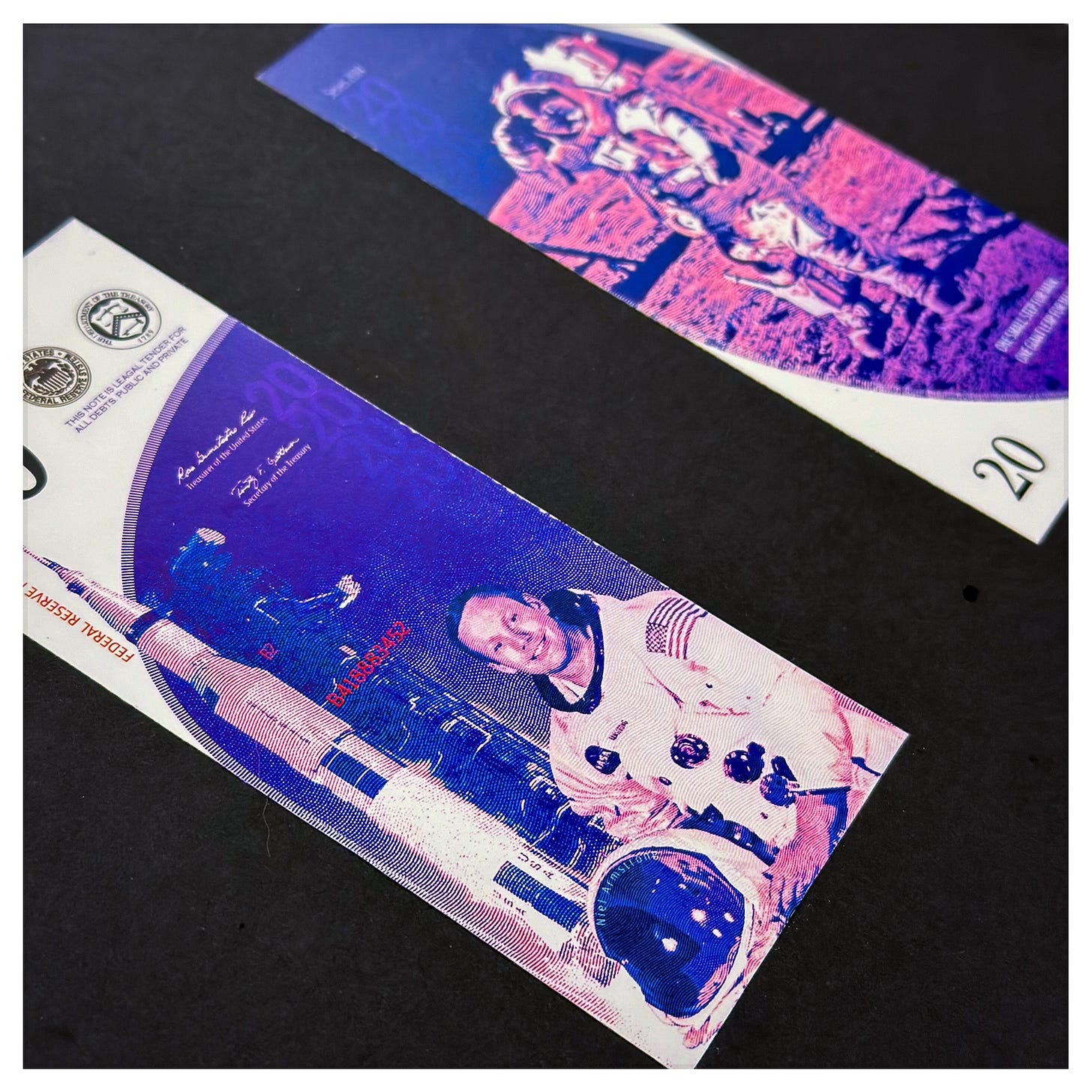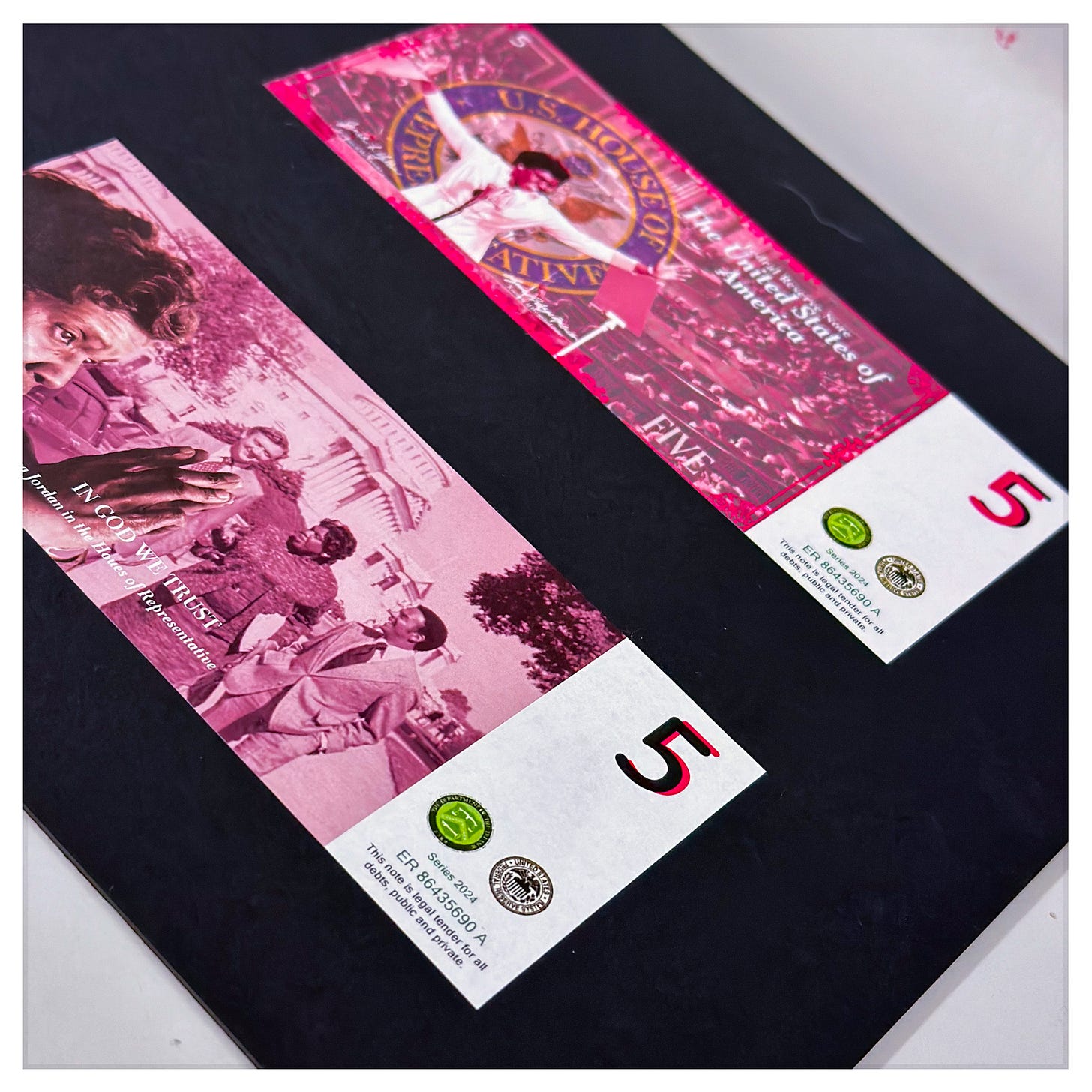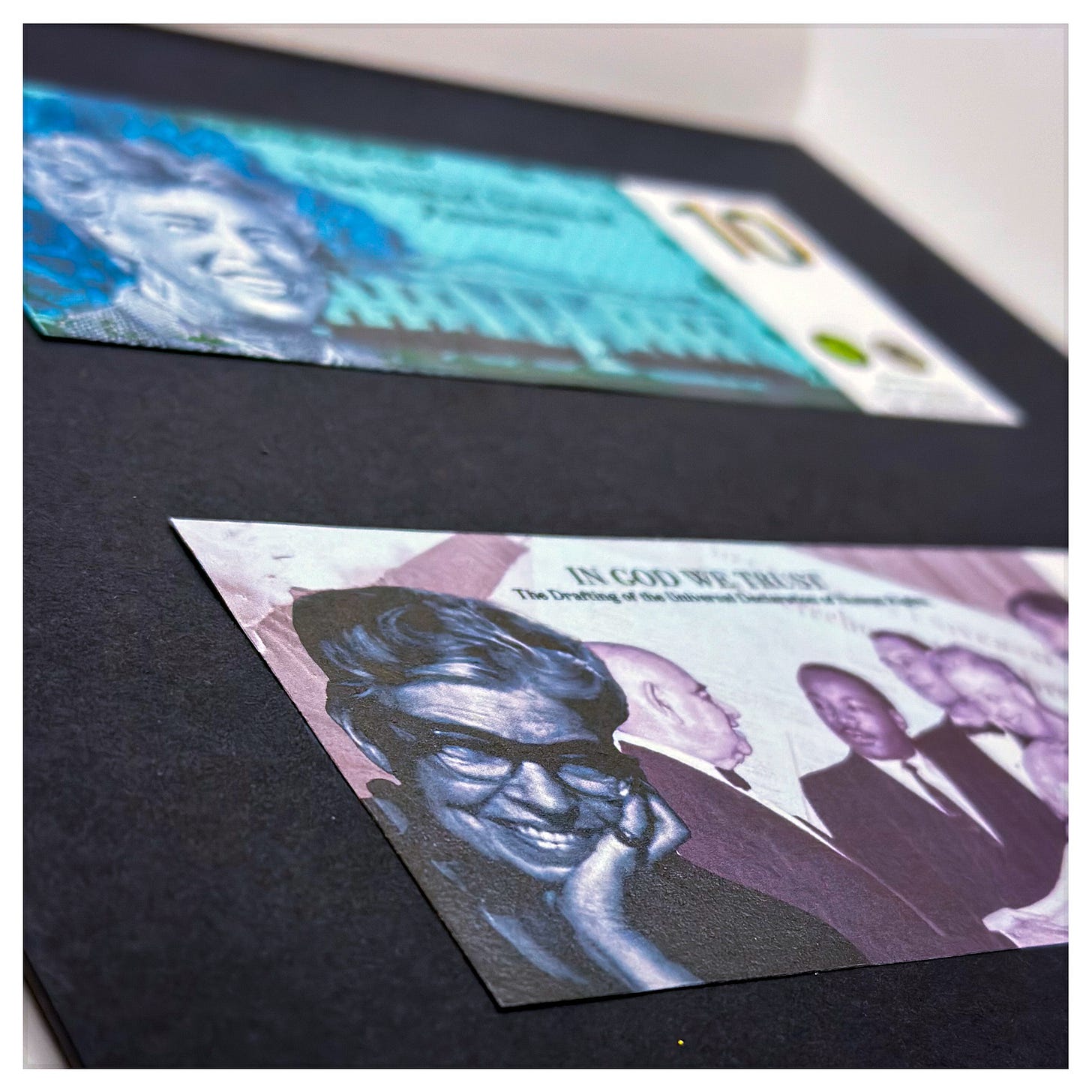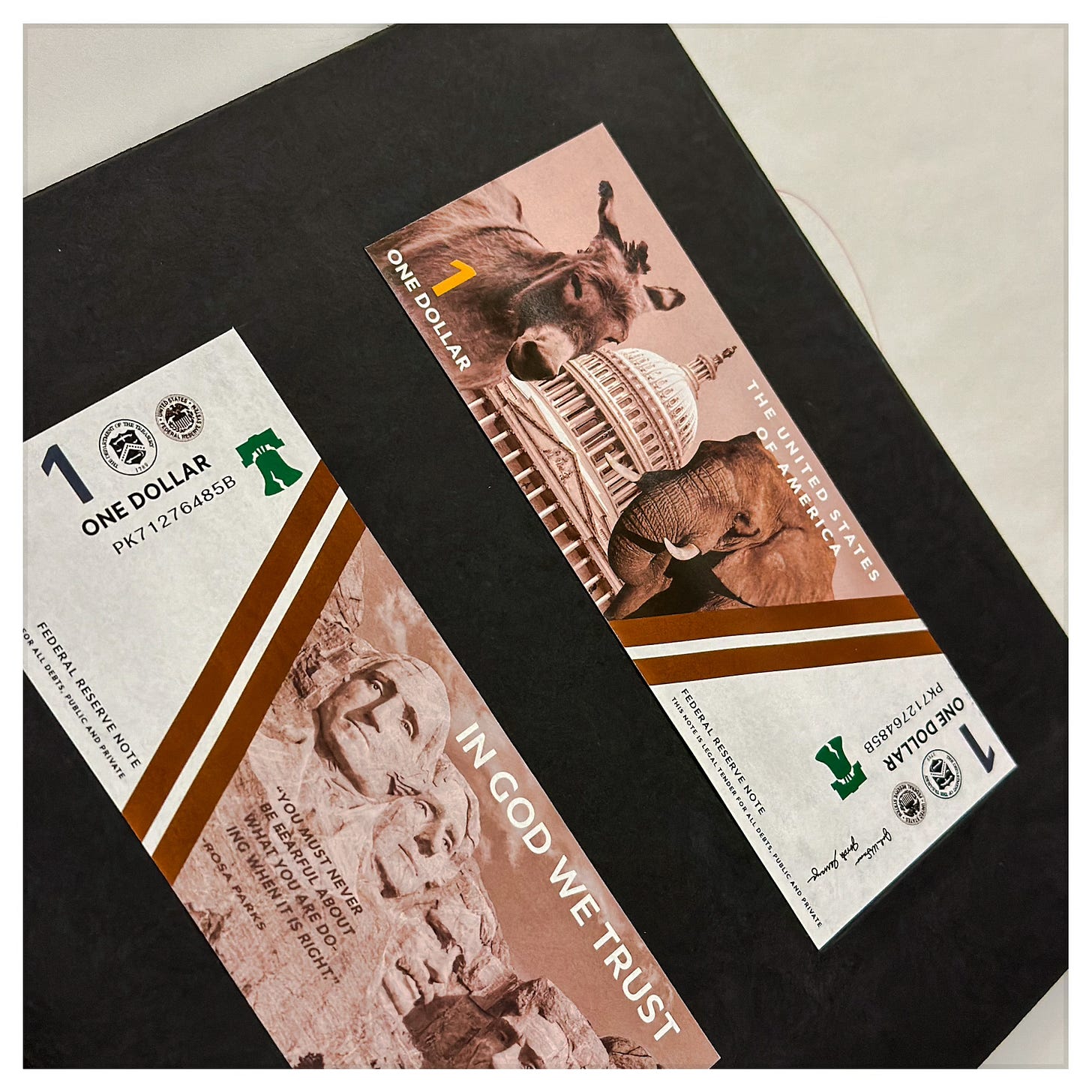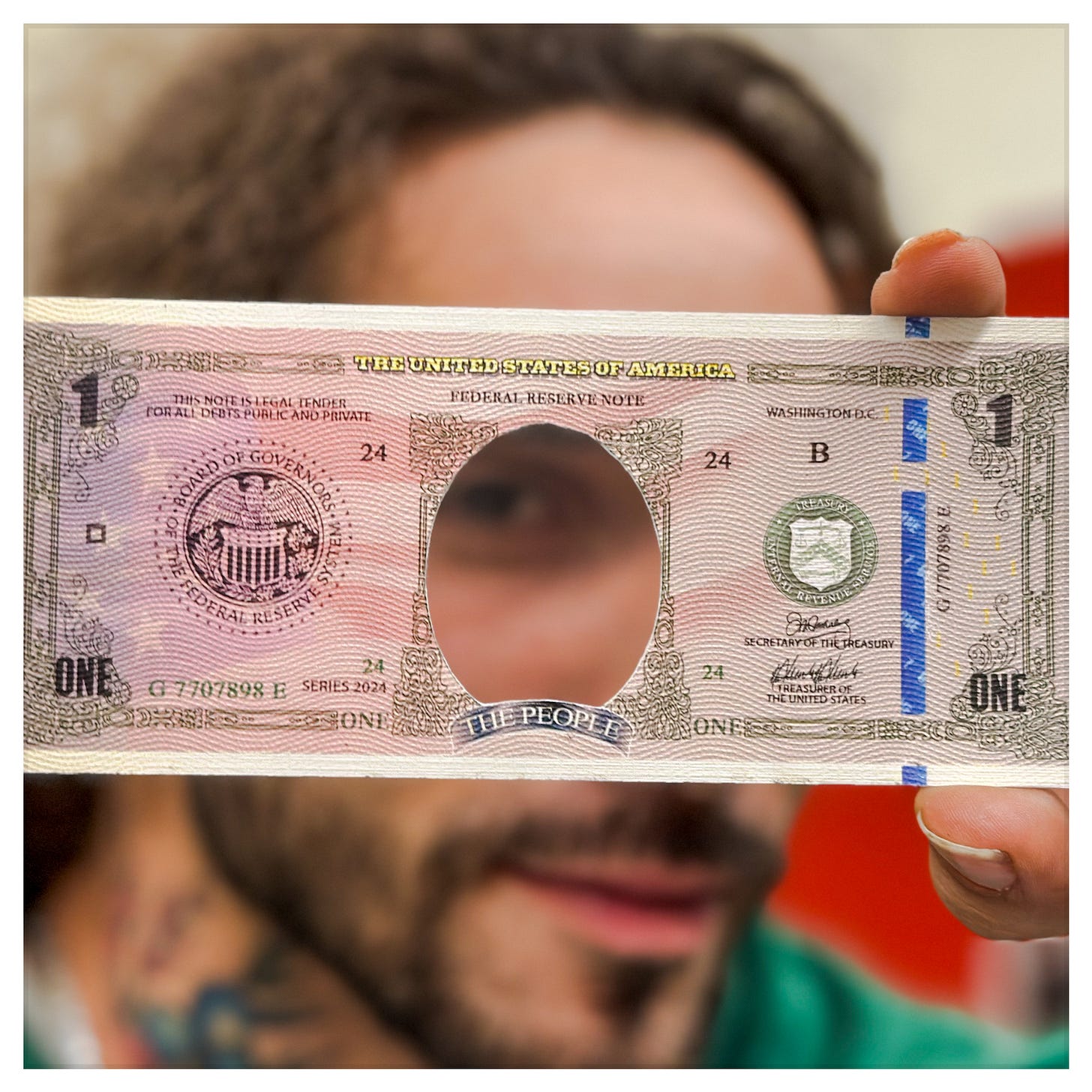
A couple of things happened this week that are worth thinking over. I finished James Comey’s book A Higher Loyalty. I finished grading my students’ project, the redesign of our currency —I had mentioned it before on my previous essay titled An accent, the dream, and our money. In a weird way these two things are related.
I had started reading Comey’s book shortly after Christmas after watching the Netflix show Comey Rule. I was obsessed with it and learned quite a few things while both watching and reading it. The show is very close to the book, which is remarkable considering how often the shows tend to diverge from the books they are based on.
Perhaps I should explain why this book made an impact on me. Words, arguments (not in the sense of fighting but preparing a compelling point), and rhetoric are very attractive to me. I find that the better our ability is to express our points, it improves our eloquence, charisma, and credibility. Comey’s book does not disappoint in that sense. The writing is superb. At times it drags some but in general, it is a very well written memoir of his time as the FBI director and how he got there. Comey worked under three Presidents: George W. Bush, Barack Obama, and Donald Trump. Three different leaders with a common denominator: Comey.
It would have been very easy to bash these three leaders and expand on their weaknesses. Comey’s measured and cautious observations of them reveals quite a bit about his integrity. Especially when he refers to Obama in the book. Comey was a republican appointed by George W. Bush, another republican, as an Attorney General. Obama, a democrat, appointed him as the FBI Director. Comey’s descriptions of Obama as a person and as a leader are remarkable. There is a formidable sense of respect and admiration considering they were representing different political interests. That is why I stuck with the book. If someone from an opposite party can see and speak highly of an opponent’s character (assuming there is a good character to praise), that person can reason beyond his/her biases. Yes, it is true that Comey was not running against Obama. Still not many can speak or want to speak, let alone write about the honorability of an opponent.
Civil discourse is something that we have lost in this country. I grew up around the time when a handshake was as good as any written document to seal a deal. And when your word was everything. Differences of opinion were handled with grace. For the most part. Sometimes there was the unusual and out of hand situation but the norm was civility. Somehow while growing up in Puerto Rico, that changed. Tempers flared and voices were raised. So much so that when I came to the US, I never talked about politics with anyone. When I met Tyson’s parents (for those who do not know, Tyson is my husband), I was in shock of how much they talked about politics. It took me a long time to get used to it.
There are is a recollection on Comey’s book I found particularly remarkable when it came to Obama. Again, I am focusing on this because they belong to opposing political parties. On the chapter titled The Washington Listen, Comey recounts the speech he gave in Chicago regarding the relationship between law enforcement and the African American community. Two days after the speech, Obama requested to meet with him. Inadvertently Comey had added controversy to the controversy—to put it mildly. My read on the narrative was that Comey, like many Caucasians, was not able to fine tune his read and feelings about the state of affairs between the police and the African American community. In Comey’s words, he “was trapped in his own perspective.” Thus, he came across differently than he might’ve wished. As an FBI director, what he said carry weight. In the context of having a President who was African American, the weight of how and what Comey said weighted more. The manner in which Comey describes the conversation between himself and Obama was remarkable to me. Obama expressed he called him “to understand what you are seeing and thinking.” After carefully listening to Comey, Obama explained how some of the terms and words Comey used are perceived by the African American community. He credited Obama for helping him see beyond his perspective. More importantly he remarked the following about Obama: “President Obama would never have considered such a conversation if he did not have enough confidence in himself to show humility.”
What made the civil discourse between Comey and Obama possible? Empathy, humility, willingness to listen, and freedom to disagree. This sounds so easy. Yet, it is so difficult. Even in the media, when they are reporting either on an article or live, there is no reporting. There is however, editorializing. Words sprinkled here and there to sway opinions and kindle disgust. This is seen on both camps: the left and the right.
Now, you are wondering what does this have to do with her students’ project of redesigning the dollar bills1? Actually quite a bit. One of my most important goals is that my students feel free to disagree while protecting civility. We must engage in conversations to nurture and articulate ideas that inevitably will become personal as they engage in the process of designing them. I want my students to protect each other’s space to speak their views. And yes, I disagree with a good number of them sometimes. On occasion, I have had to apologize for a word or a comment out of turn. I do not mind doing that because I am focused on a bigger goal: mutual respect, civility, and trust. More importantly, if I am willing to be vulnerable, it is very likely that my students will follow suit with their work.
When we started our project, the conversation was deep and profound. We spoke about the nation’s politics, economy, and international practices. We discussed everything we could think regarding the United States as a nation of power. That included the good and the bad for Caucasians, Asians, African Americans, and Latinos in the class. This discussion brought to the table many ideas and thoughts about what to highlight about the country. One design in particular featured a plastic see-through window so that everyone could see themselves in the currency when the bill was help up. See above picture. Others highlighted women such as Sybil Ludington, Eleanor Roosevelt and Barbara Jordan, the first Southern African American congress woman, and other topics important to them: marine life, national parks, the Wright brothers, and Native Americans, for instance. Their projects were so good that when I was grading them I would be filled with emotion at how much improvement there had been. This is why Comey’s book resonated so much with me. It is not only about people but it is also about how we all contribute to the larger picture; a place where diverse points of view enrich each other, polish each other, and shape each other while keeping our core values. Maybe I am an idealistic. Probably so. But I hold on to it because it is worth to have a class where everyone puts forth their best work based on a simple premise: it matters and it makes a difference.
Below is a selection of my students’ work posted with their permission.
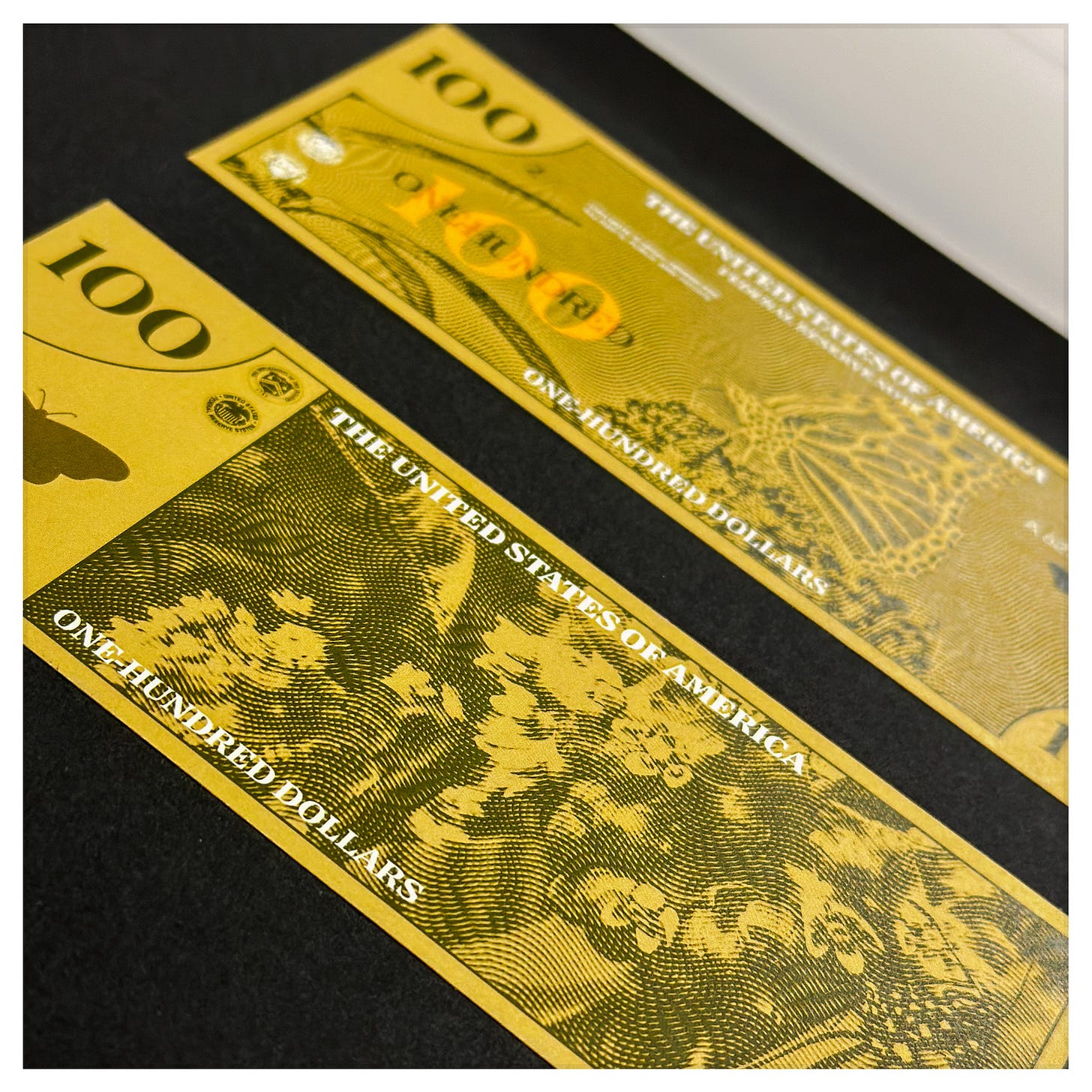

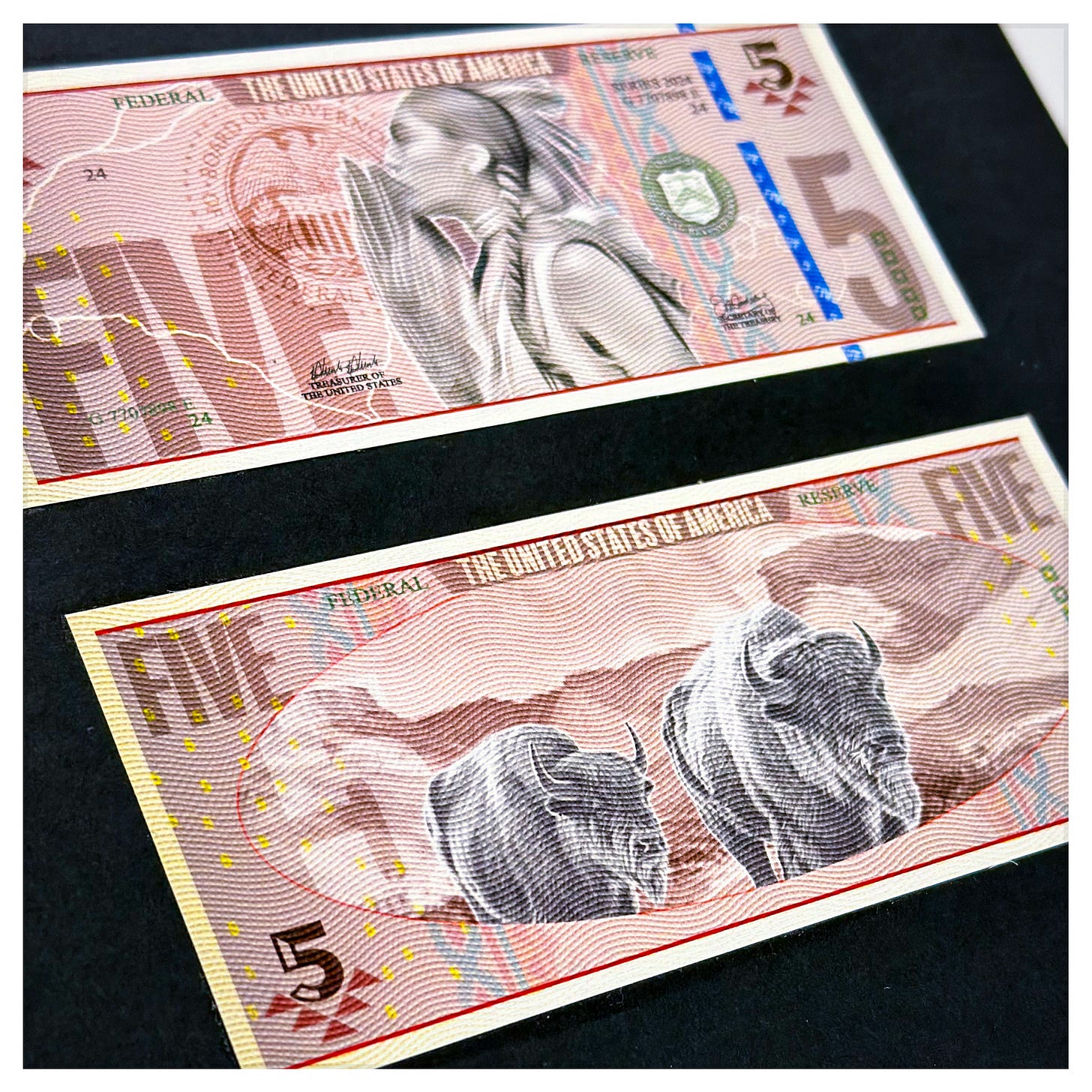
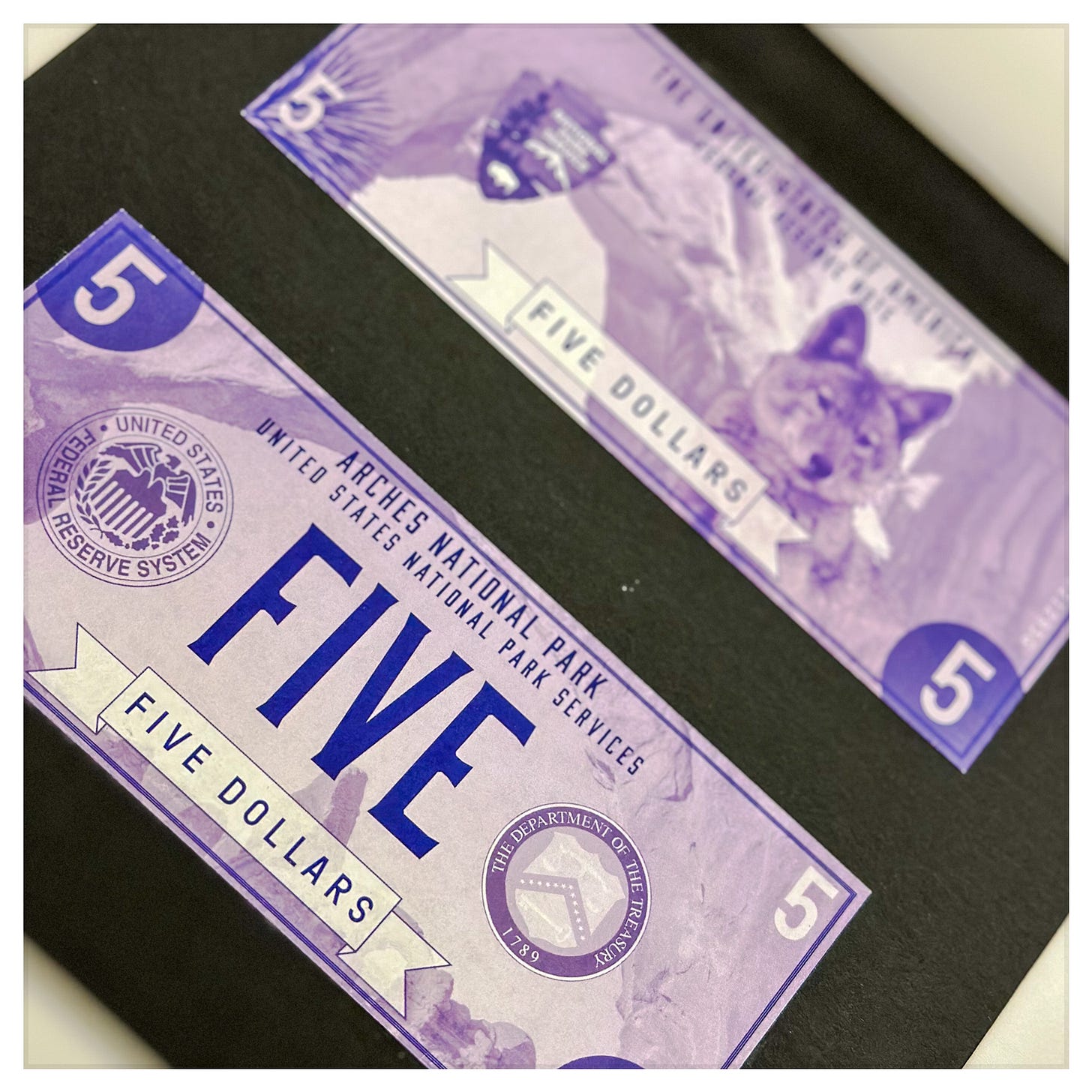

Love,
Alma
Project is originally found on AIGA Design Teaching Resoucess: https://teachingresource.aiga.org/project/gdsn-164-digital-illustration-design-currency-re-design/.




